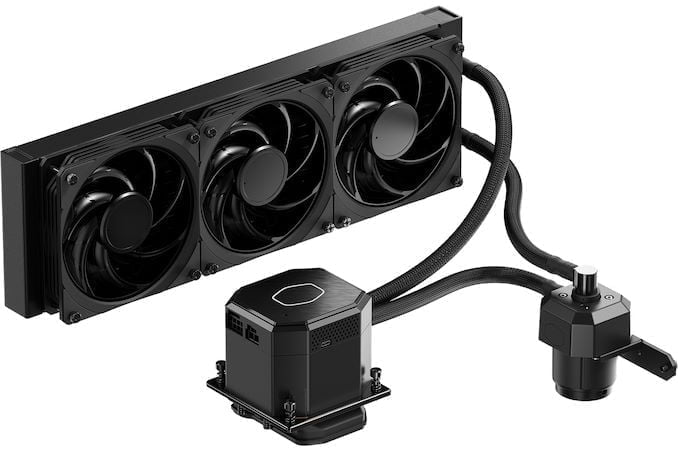In an update posted to its support pages, Intel has disclosed that it had stopped development of its thermoelectric Cryo Cooling Technology that was aimed to provide sub-ambient cooling for its top-of-the-range processors. As a result, the company will not provide Cryo Cooling software support for its latest 14th Generation Core ‘Raptor Lake Refresh’ processors, essentially making units made by EKWB and Cooler Master obsolete for the newest CPUs.
“As of July 1, 2023, development on the Intel Cryo Cooling Technology solution was discontinued,” a statement by Intel reads. “All versions of the software are provided as-is. Functional, Note security, or other updates will not be provided after December 31, 2023. No support for Intel Core processors 14th Gen will be provided. Please check with your auxiliary cooling provider for alternative solutions.”
Intel introduced its Cryo Cooling Technology in 2020 along the 10th Generation Core ‘Comet Lake-S’ processors as it struggled to deliver competitive performance with CPUs made on its dated 14nm-class fabrication technology.
Thermoelectric cooling uses the Peltier effect to transfer heat from one side of a device to the other, creating a cooling effect on one surface. This method is compact, offers relatively precise temperature control of the cooling surface, and the cold side of the cooler itself to reach sub-ambient temperatures, allowing for cooler-running processors overall. The drawback to these benefits is that thermoelectric coolers are generally not energy-efficient, as they use power to transfer heat from one side to another and the more heat it has to transfer, the more power it consumes. Furthermore, the sub-ambient temperatures can result in condensation on the cold-side surface, which is always concerning when involving expensive electronics.
Intel’s Cryo Cooling Technology used a combination of hardware, software, and firmware technology to precisely control cooling performance and therefore boost performance of the CPU. Without any doubts, Intel’s Peltier effect-based cooling did a fine job in reducing temperature and enabling higher performance at all costs. But at $350 per unit, these cooling systems were very expensive for the vast majority of users. Furthermore, they were also power hungry and not exactly quiet.
And though Intel backing out of officially supporting thermoelectric cooling is a blow to adoption of the tech, Intel’s support is not strictly required to begin with – so we don’t expect the tech to disappear entirely.
Source: Intel (via @momomo_us)



